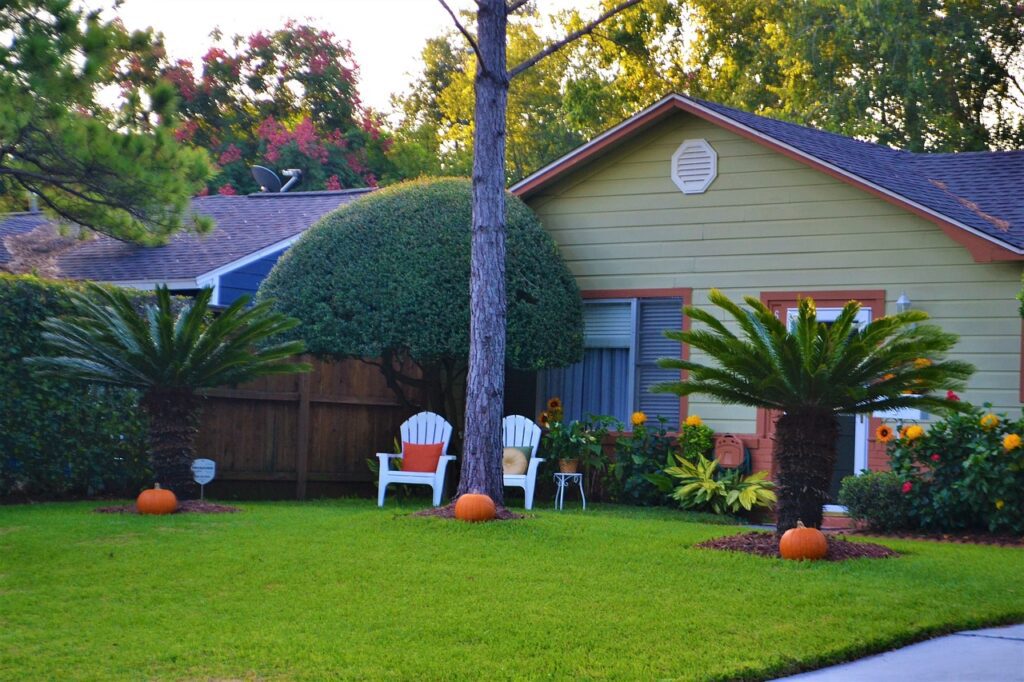
Welcome to the scenic and vibrant city of Burnaby, British Columbia, Canada! Nestled amidst the majestic mountains and sparkling waters of the Pacific, Burnaby is a city that offers a perfect blend of urban amenities and natural beauty. As the demand for sustainable and innovative housing solutions continues to rise, we, at Silver Beam Homes, are proud to be staying a breast of changes in homes, how they are built and what we offer to the public. Today we want to look at Laneway homes, which will be legal in Burnaby soon.
Embracing Laneway Living
As space becomes more precious in urban areas, laneway houses have emerged as a popular and practical solution. These charming dwellings, also known as coach houses or backyard suites, are built on existing residential properties, often occupying the space that was once reserved for garages or carports. By maximizing underutilized land, laneway houses provide homeowners with an excellent opportunity to enhance their property value while contributing to the sustainable growth of the city.
How To Build a Laneway Home in the City of Burnaby
Currently not permitted in Burnaby, Laneway homes are on the verge of becoming a reality. This, as the City takes significant strides towards introducing this innovative housing concept to benefit the entire community. The journey towards embracing laneway housing began in 2019. That is when the Mayor’s Task Force on Community Housing recommended the City to devise a plan for introducing new housing forms. The recommendations include family-oriented options across various neighborhoods.
In a major step forward, in December 2021, the City adopted HOME: Burnaby’s Housing and Homelessness Strategy. This groundbreaking strategy outlines the City’s commitment to develop an infill housing program. The aim is to cater to the demand for the “missing middle” housing types, which includes laneway homes, suites in duplexes, rowhouses, and triplexes.
Taking a phased approach to the implementation, the City has prioritized permitting laneway homes as the first step. This move aims to pave the way for other innovative housing forms. It will also foster a sense of inclusivity and expanding housing options in Burnaby.
Build with Silver Beam Homes
As we eagerly await the final green light for laneway homes in Burnaby, it is evident that the City’s vision is firmly fixed on creating a community that thrives on diversity, sustainability, and adaptability. The potential benefits of laneway housing are undeniable. These range from increased housing density to more affordable living spaces, while preserving the unique charm of Burnaby’s neighborhoods.
We, at Silver Beam Homes, are excitedly preparing to be at the forefront of this transformative journey. As the City works towards introducing laneway housing, we are committed to providing expert craftsmanship. Along with innovative designs to create stunning, sustainable, and accessible laneway homes for the future residents of Burnaby.
Stay tuned for more updates as Burnaby’s housing landscape evolves. We proudly are a part of this exciting new chapter in community housing. Together, we can build a better, more vibrant, and inclusive Burnaby for generations to come.
read more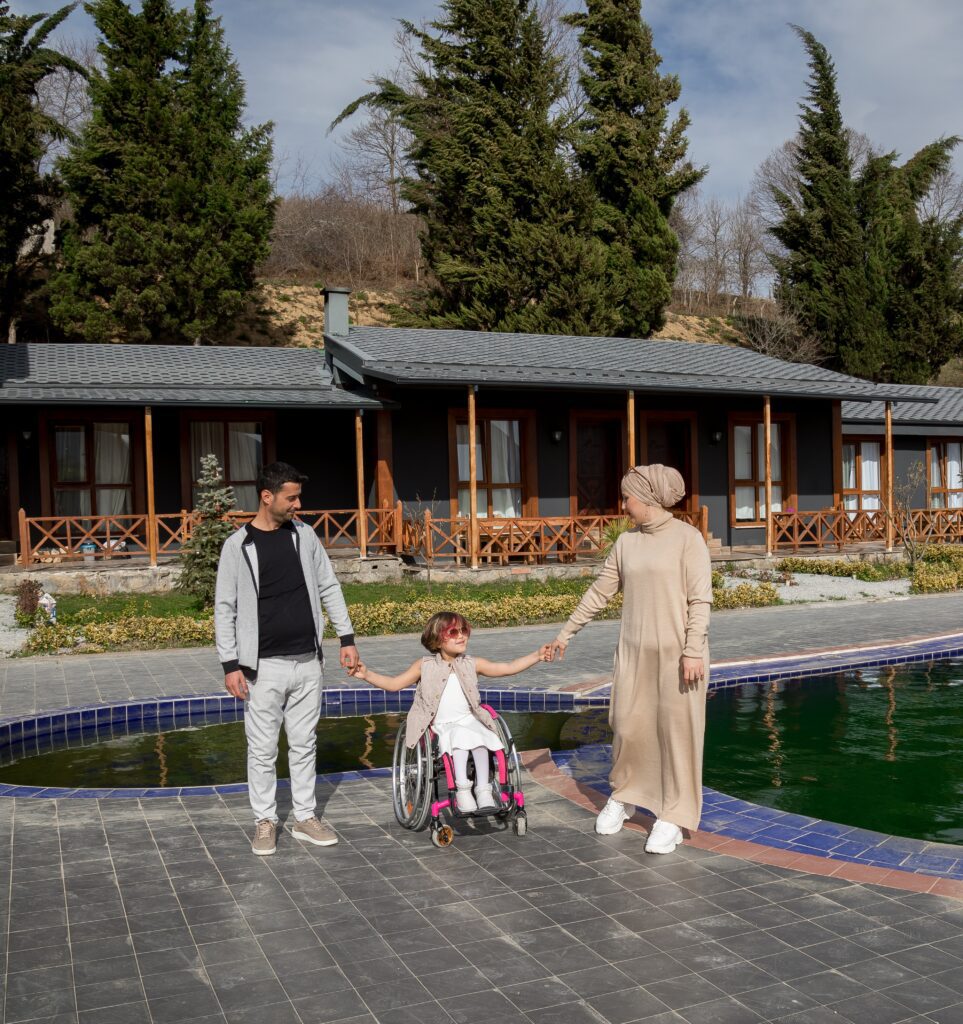
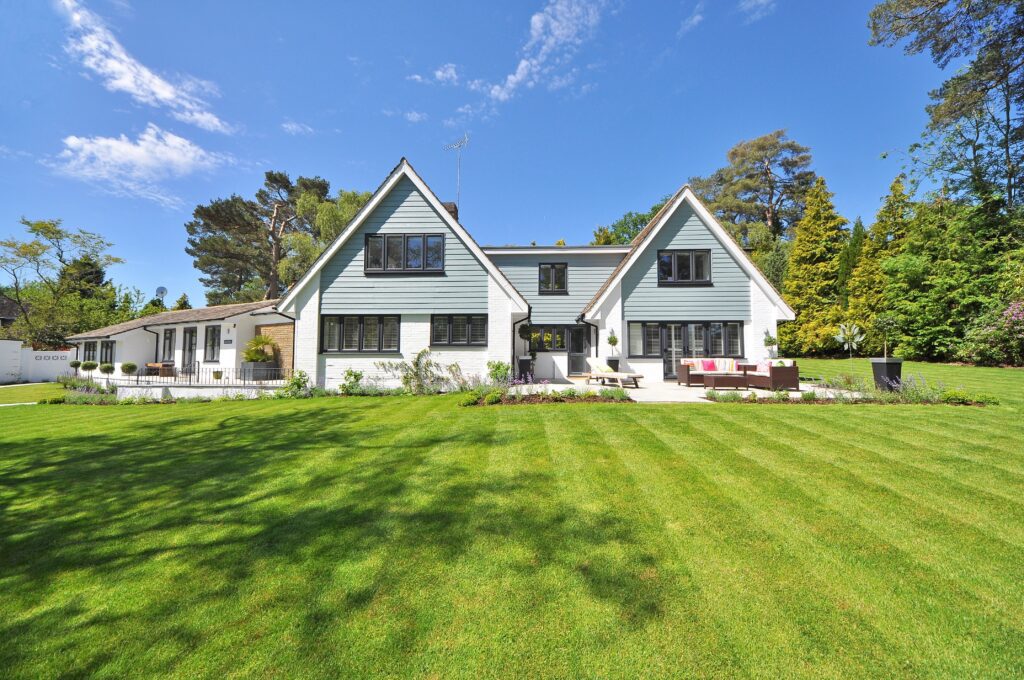
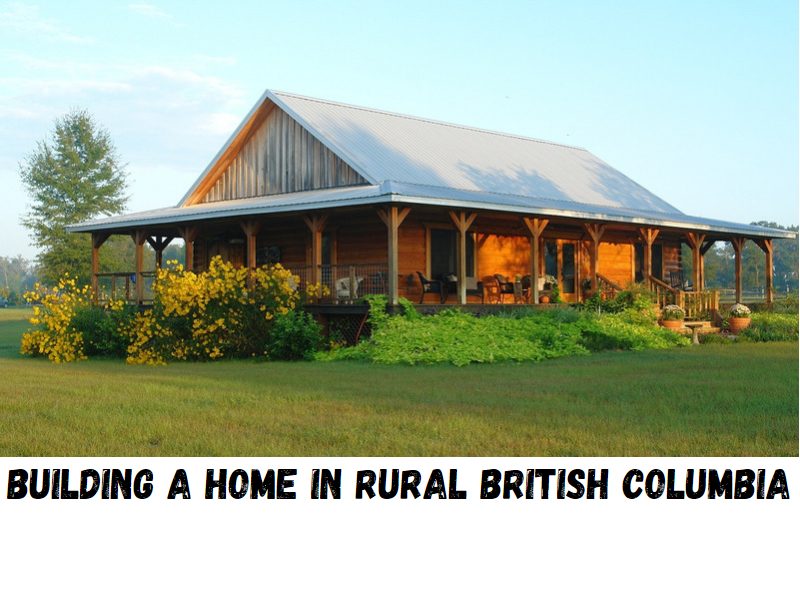
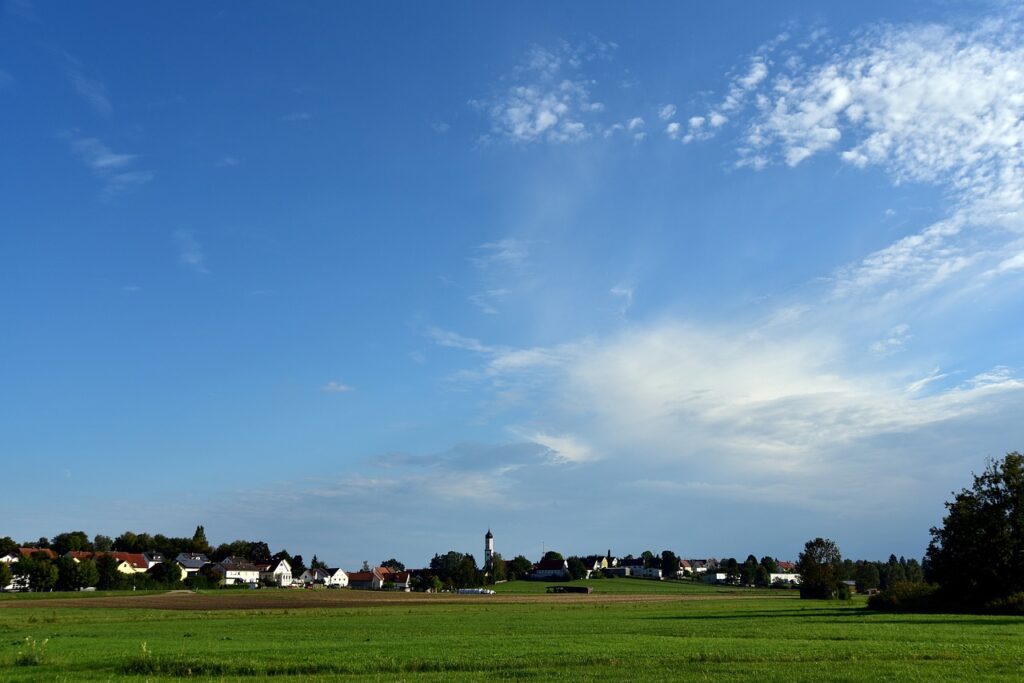
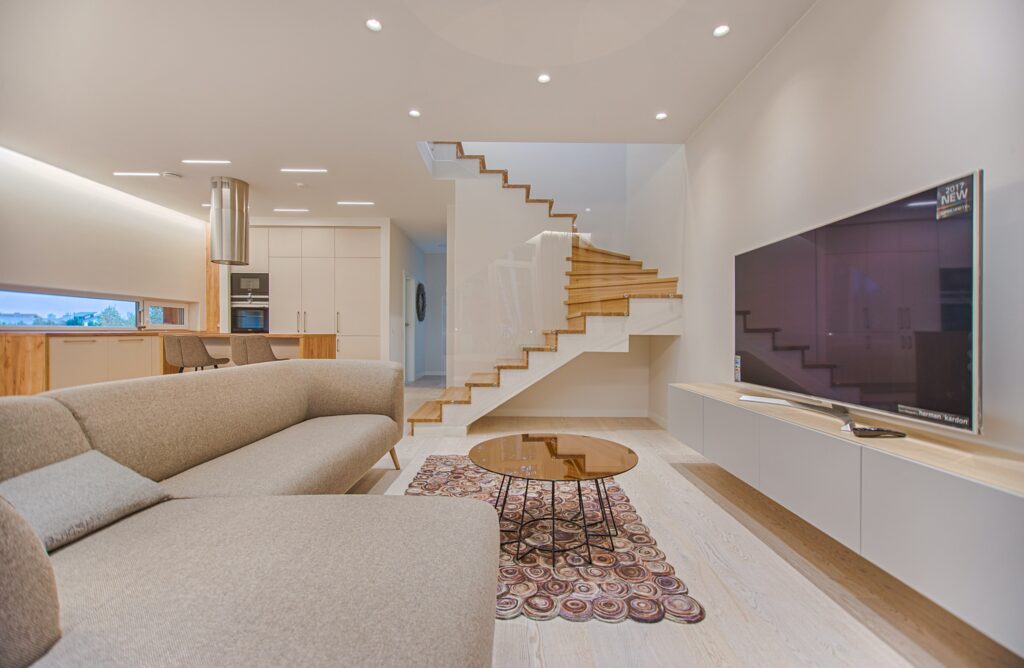
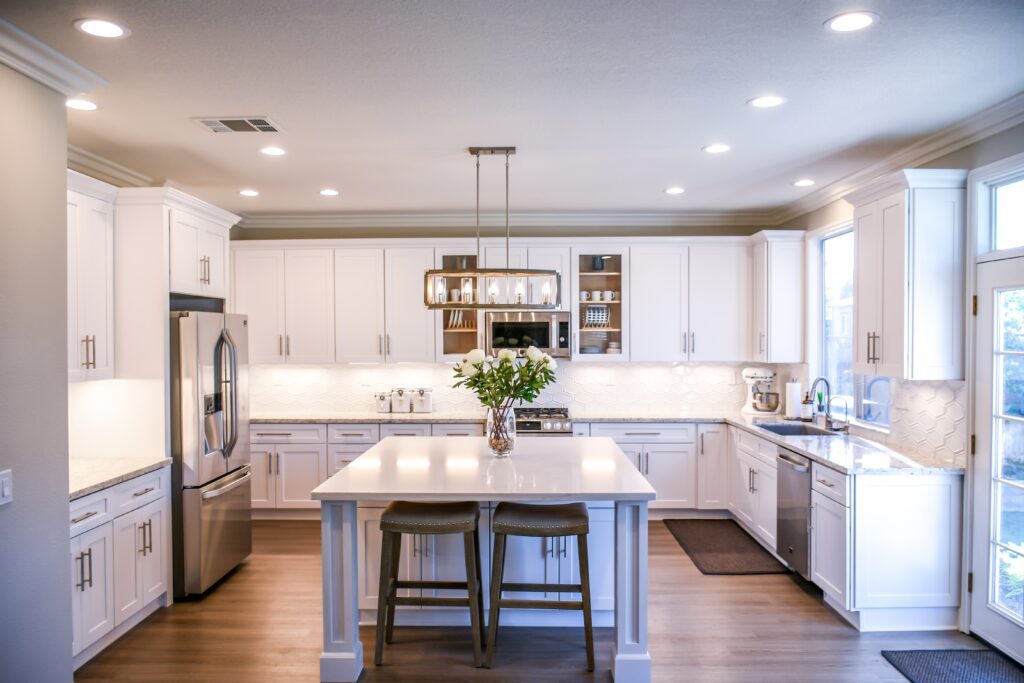
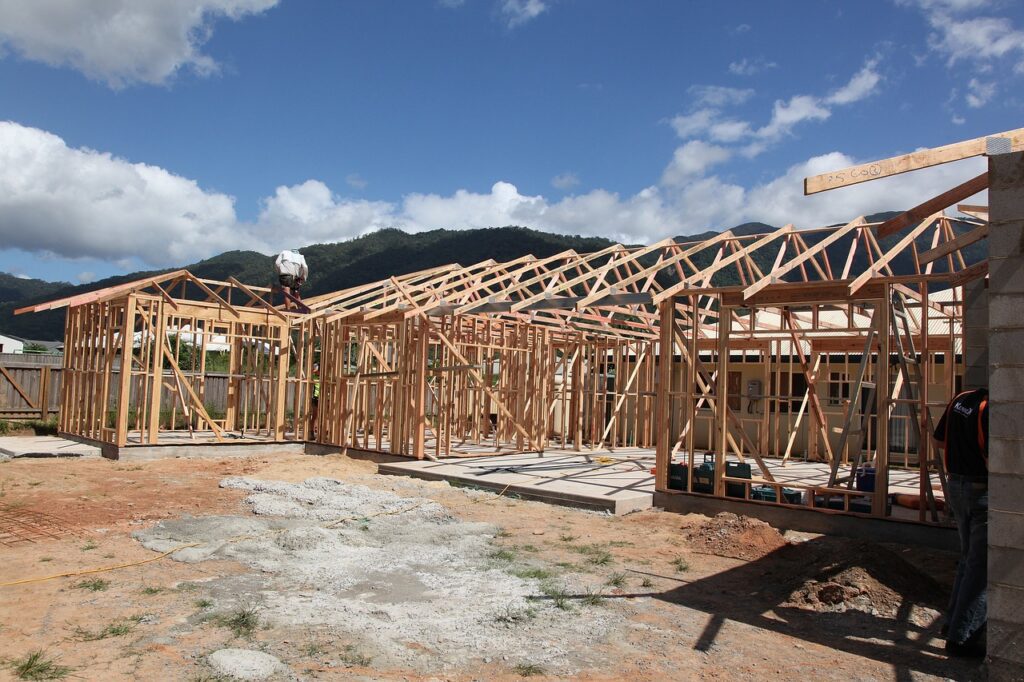

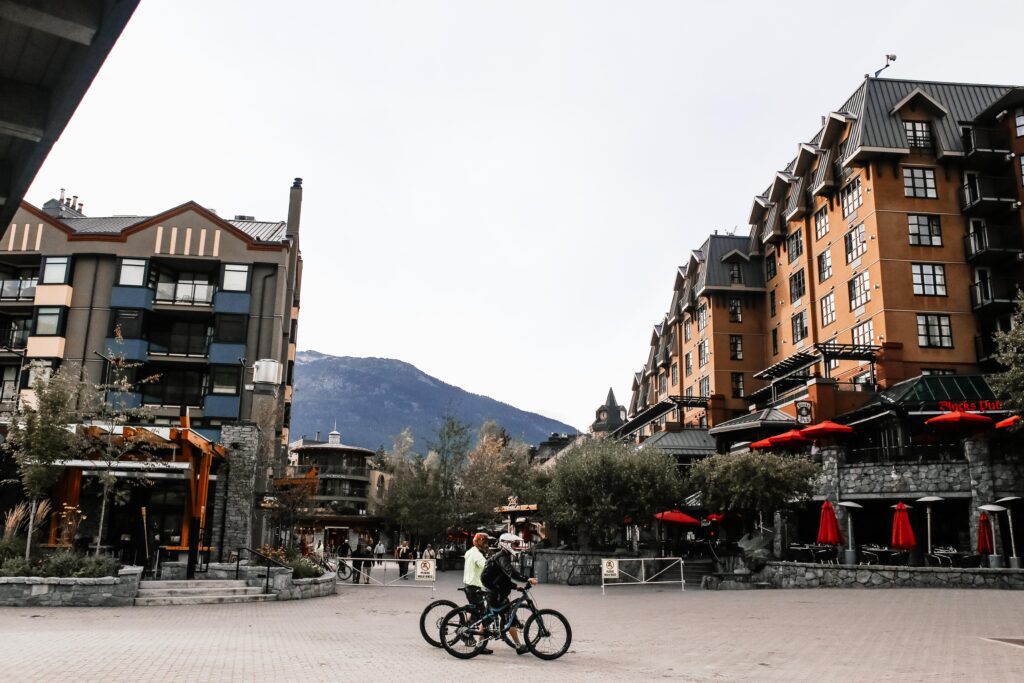
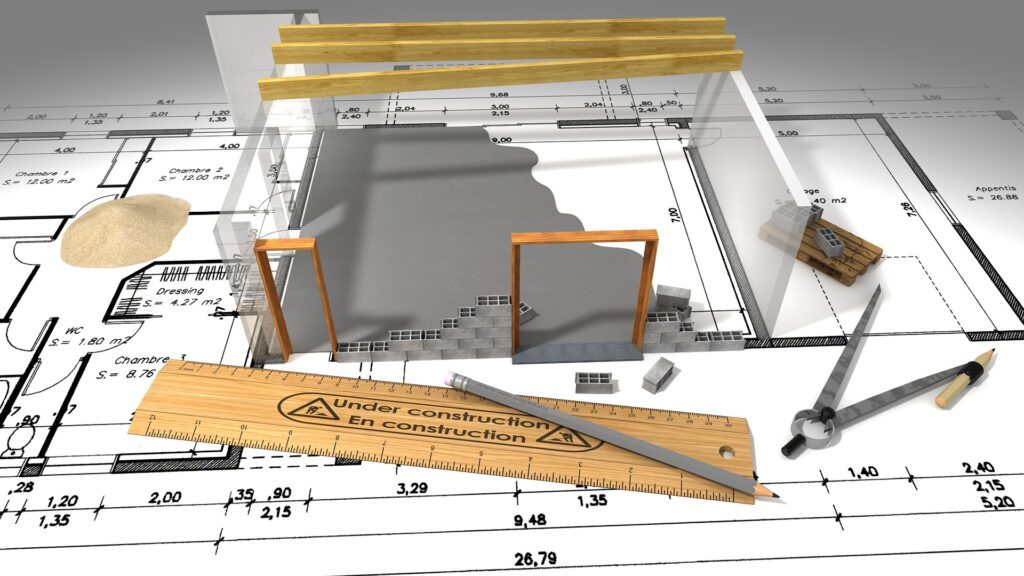
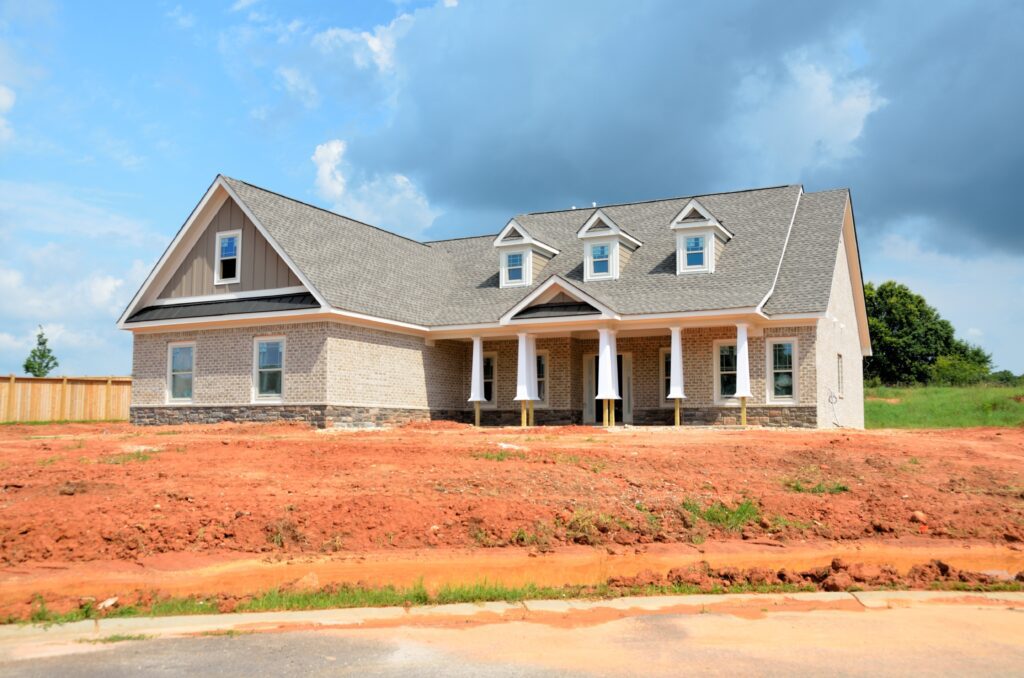
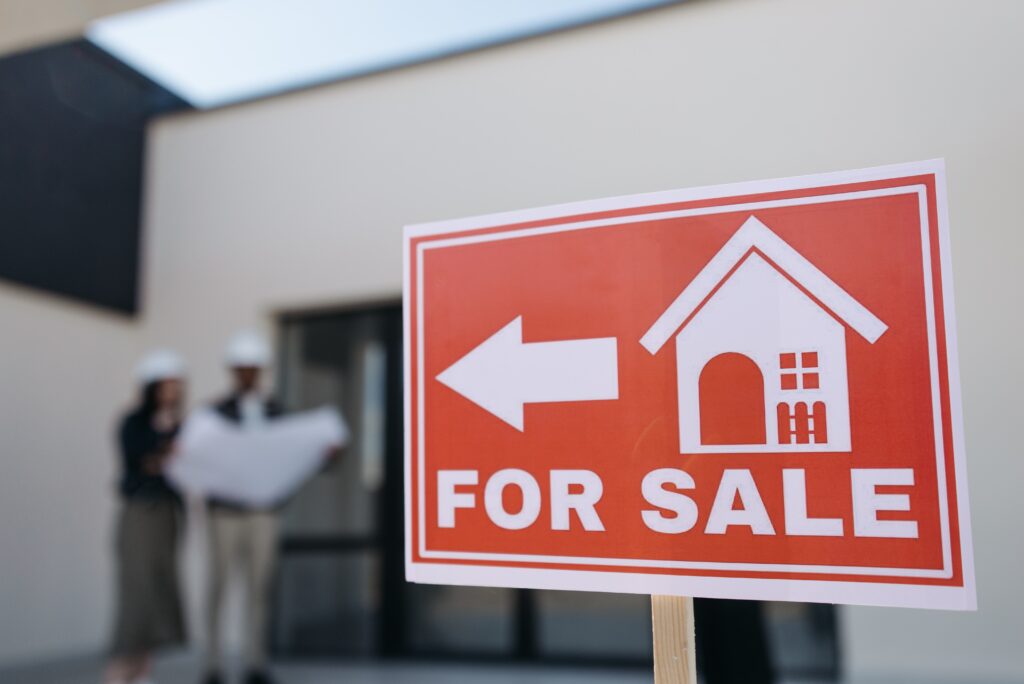

Recent Comments